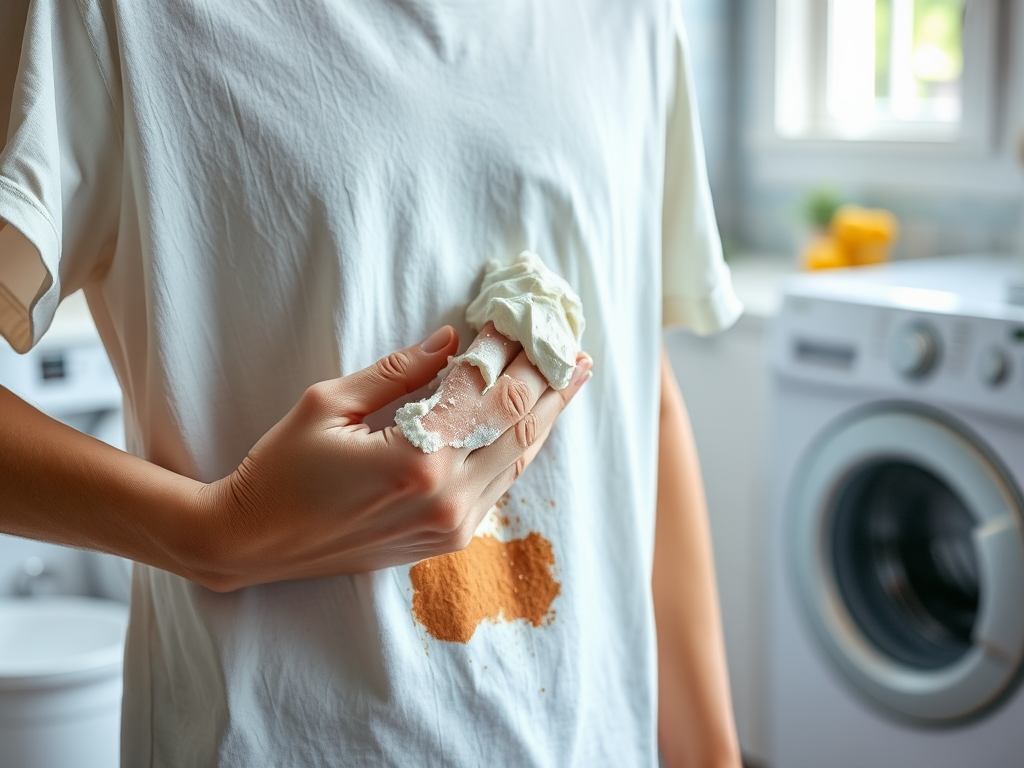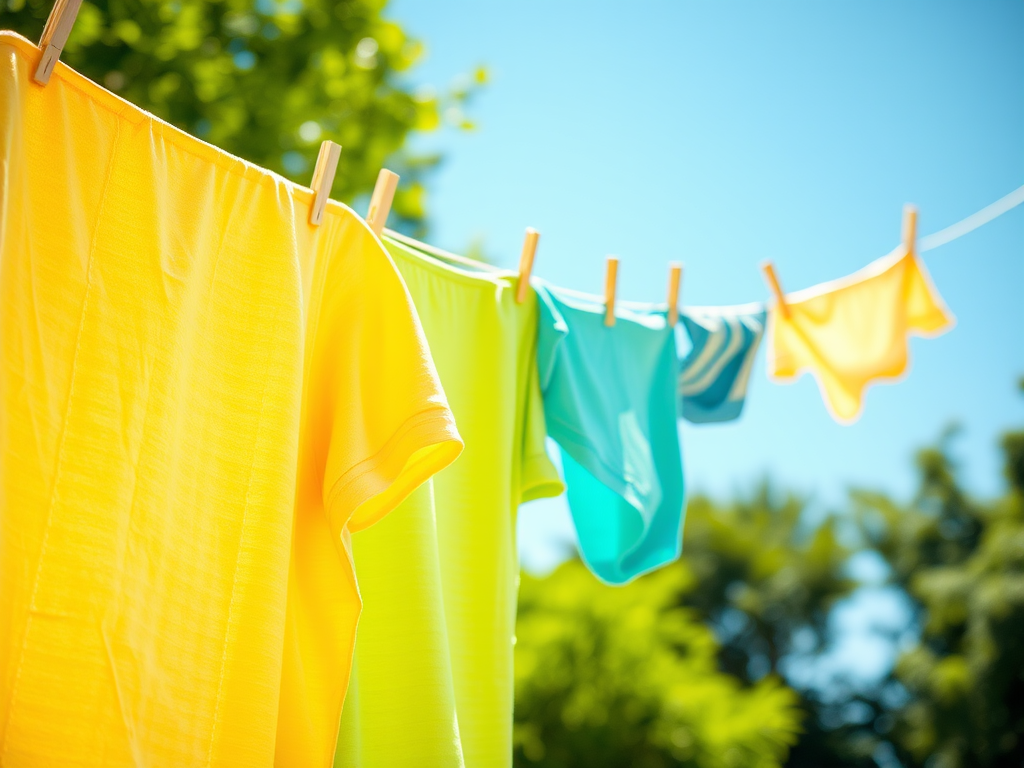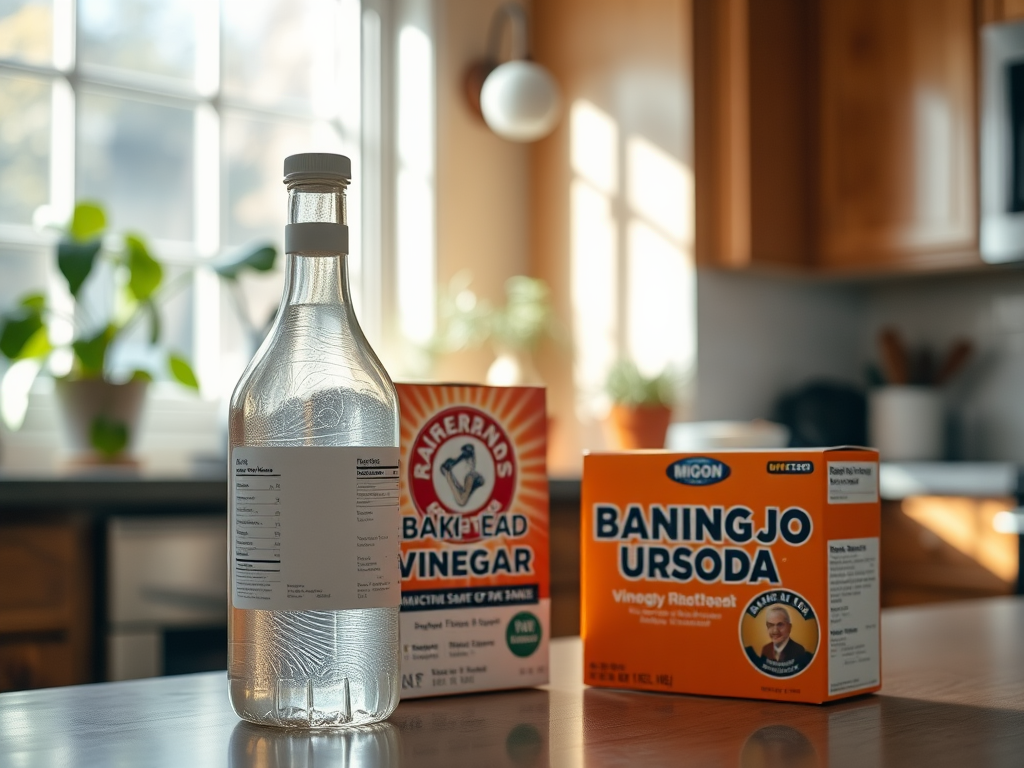Rust stains on clothes can be a significant nuisance, often appearing out of nowhere and ruining favorite garments. Finding efficient and safe solutions to remove these pesky stains is essential for maintaining a polished wardrobe. Fortunately, vinegar and baking soda are two household staples that have garnered a reputation for their cleaning prowess. Not only are they effective stain removers, but they are also eco-friendly alternatives to harsh chemical cleaners. Their affordability adds another layer of appeal, making them accessible to most households. With the right techniques, these simple ingredients can breathe new life into your clothing.
The genesis of rust stains often lies in the fabric’s exposure to iron-rich water, metal objects, or unprotected storage environments. When moisture interacts with iron, especially in a humid climate, rust can transfer onto clothing without much warning. The appearance of these stains is usually accompanied by a distinct dark orange or reddish-brown hue. Understanding the origin of these stains is the first step in addressing them effectively. Additionally, knowing that almost any fabric can fall victim to rust can help in giving you a heads-up in caring for your clothes. Armed with useful knowledge, you can confidently tackle rust stains as they arise.
Why Use Vinegar and Baking Soda?

Turn to vinegar and baking soda for an economical and effective solution. First and foremost, these natural cleaning agents come equipped with a pH balance that is both safe and efficient for various fabrics. Secondly, vinegar acts as a mild acid that helps to dissolve rust, while the alkaline nature of baking soda neutralizes stains. This dual-action not only increases their cleaning efficiency but also minimizes the risk of damaging your clothing compared to conventional chemicals. Thirdly, both substances are non-toxic and safe for use around children and pets, enhancing their appeal as household cleaners. Additionally, they are readily available in almost every kitchen, making them a convenient option when needed. Finally, the combination represents a minimal environmental impact, ensuring you are not harming the planet while keeping your clothes clean.
How Vinegar and Baking Soda Work Together

When vinegar and baking soda are combined, a fascinating chemical reaction unfolds. Vinegar, with its acetic acid, reacts with the sodium bicarbonate in baking soda, resulting in carbon dioxide gas and water. This reaction creates fizzy bubbles, which can help lift the rust stain from fabric fibers as the gas expands. It’s essential to let this mixture sit for a few minutes to allow the reaction to fully activate. While the fizzing takes place, the mild abrasiveness of baking soda also aids in scrubbing away the rust particles. This makes the method particularly effective for treating older stains that have settled into the fabric. In essence, this powerful duo transforms simple pantry ingredients into a formidable cleaning solution.
| Ingredients | Purpose |
|---|---|
| Vinegar | Dissolves rust and acts as a mild acid |
| Baking Soda | Neutralizes stains and provides gentle abrasion |
| Water | Dilutes the mixture for safe application |
Step-by-Step Guide: Removing Rust Stains
To effectively remove rust stains using vinegar and baking soda, follow this simple guide:
- Identify the rust stain and assess the fabric type.
- Mix equal parts of vinegar and baking soda in a bowl to form a paste.
- Apply the paste generously over the rust stain, using a soft cloth or sponge to work it in.
- Let the mixture sit for at least 30 minutes to allow the ingredients to react with the stain.
- Rinse the fabric thoroughly with warm water to wash away any residue.
- Check the stain; if necessary, repeat the process or wash the clothing as usual.
Precautions to Take
While vinegar and baking soda are generally safe cleaning alternatives, it’s crucial to keep specific precautions in mind. Firstly, test the mixture on a hidden area of the fabric to check for any adverse reactions or color fading. Secondly, avoid using this method on delicate fabrics such as silk or wool, as harsh cleaning agents can cause damage. Thirdly, be cautious of applying excessive pressure when scrubbing to prevent fabric tears. Additionally, ensure proper ventilation when using vinegar, especially in enclosed spaces, as the strong odor might be overwhelming to some individuals. Last but not least, always rinse thoroughly after application to avoid residual cleaning agents that might irritate the skin.
Alternative Methods for Rust Removal
While vinegar and baking soda are effective, you may also consider other methods for rust stain removal. Some of these alternatives include:
- Lemon Juice: The acidity in lemon juice works similarly to vinegar and can help dissolve rust.
- Commercial Rust Removers: Many consumer products promise rust removal, though they can contain harsh chemicals.
- Hydrogen Peroxide: This can be used as a bleaching agent for whites, though it requires caution.
When comparing these methods, vinegar and baking soda stand out due to their natural properties and minimal environmental impact.
Conclusion
In summary, vinegar and baking soda provide a highly effective solution for rust stains on clothes. Not only do they combine to create a powerful cleaning reaction, but they also offer a safe, natural alternative to harsh chemicals. The step-by-step process is straightforward, making it accessible for anyone looking to preserve their garments without extreme measures. Taking the time to follow precautions will ensure that you maintain the integrity of your clothes while also combating unsightly stains. As these ingredients are commonly found in most homes, they serve as a reliable resource when rust stains strike. So next time you encounter a rust stain, consider reaching for vinegar and baking soda before more aggressive methods.
Frequently Asked Questions
- Can vinegar and baking soda remove rust from colored fabrics? Yes, vinegar and baking soda can be safe for colored fabrics, but it’s always best to conduct a patch test first.
- How long should I let the vinegar and baking soda sit on the stain? It is recommended to let the mixture sit for at least 30 minutes before rinsing.
- Are there any fabrics that vinegar and baking soda shouldn’t be used on? Yes, delicate fabrics like silk or wool may be damaged by vinegar or baking soda, so it’s advisable to avoid using these on such materials.
- Do I need to rinse my clothes after using this method? Yes, thoroughly rinsing the garments is essential to remove any residual mixture.
- Can I use this method on old rust stains? This method can help with old rust stains, but results may vary based on the age and stubbornness of the stain.
